NBC Chicago unveils set filled with video walls and city references
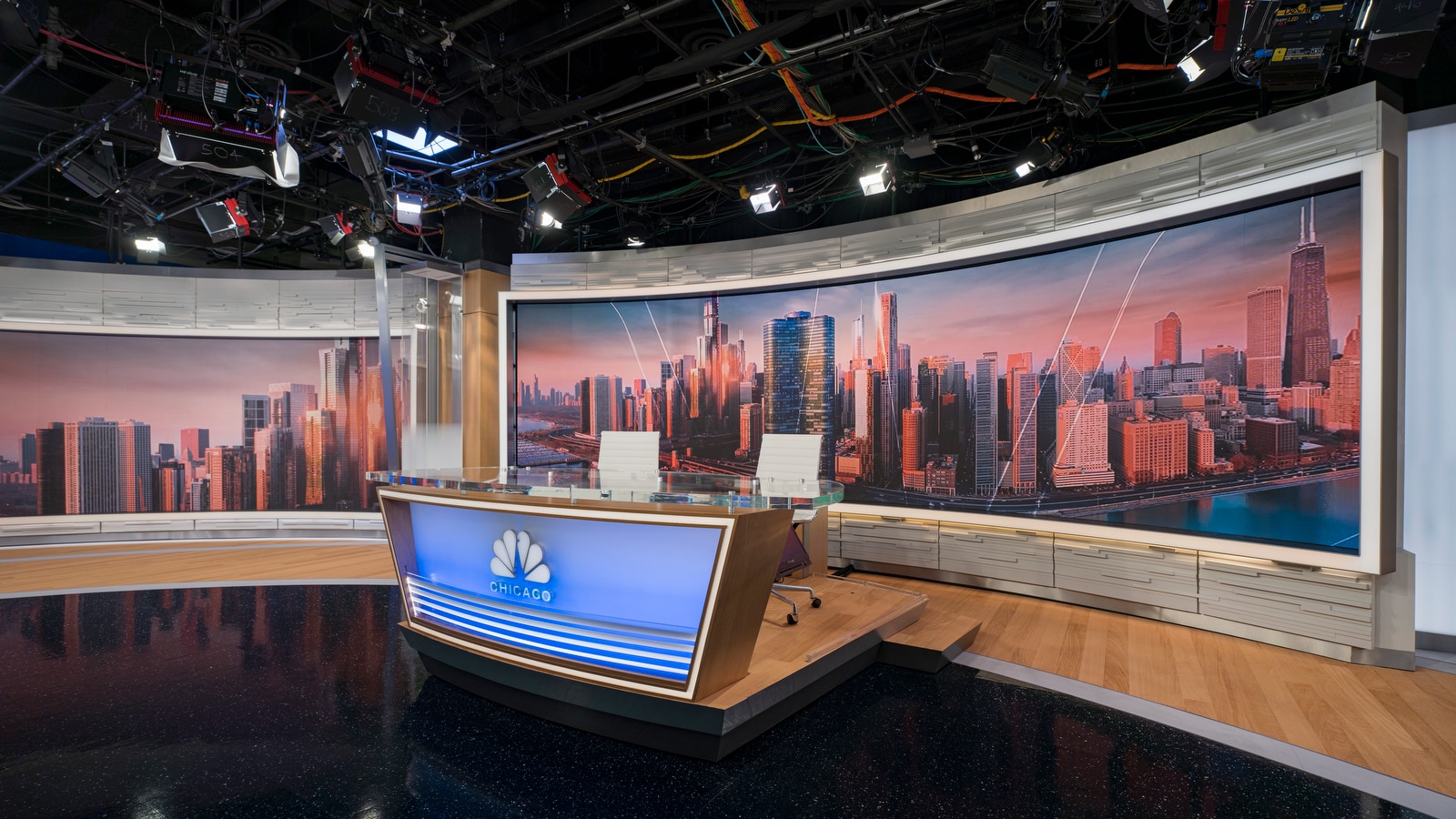
Subscribe to NCS for the latest news, project case studies and product announcements in broadcast technology, creative design and engineering delivered to your inbox.
NBC’s Chicago station, WMAQ, debuted a light and bright home for its newscasts mixing large LED video walls with city iconography.
WMAQ, which has studios inside the NBC Tower in downtown Chicago, retooled its existing space with a look that, like other NBC-owned stations, is dominated by video walls and color-changing elements.
Home base remains in front of a large, curved video wall, but with the addition of an internally lit frame and rippled white panels installed above and below, inspired by the waves of the Chicago River and Lake Michigan, according to designer Jack Morton Worldwide.
On either side of the LED wall are glass and metallic columns, a nod to the skyscrapers the city skyline is known for.
There’s a new trapezoidal anchor desk with a backlit front featuring an NBC peacock mounted above the word “Chicago” and banding near the floor. The entire front of the desk can change color, with a light and deep blue used through late afternoon into evening and orange-yellow for mornings, for example.
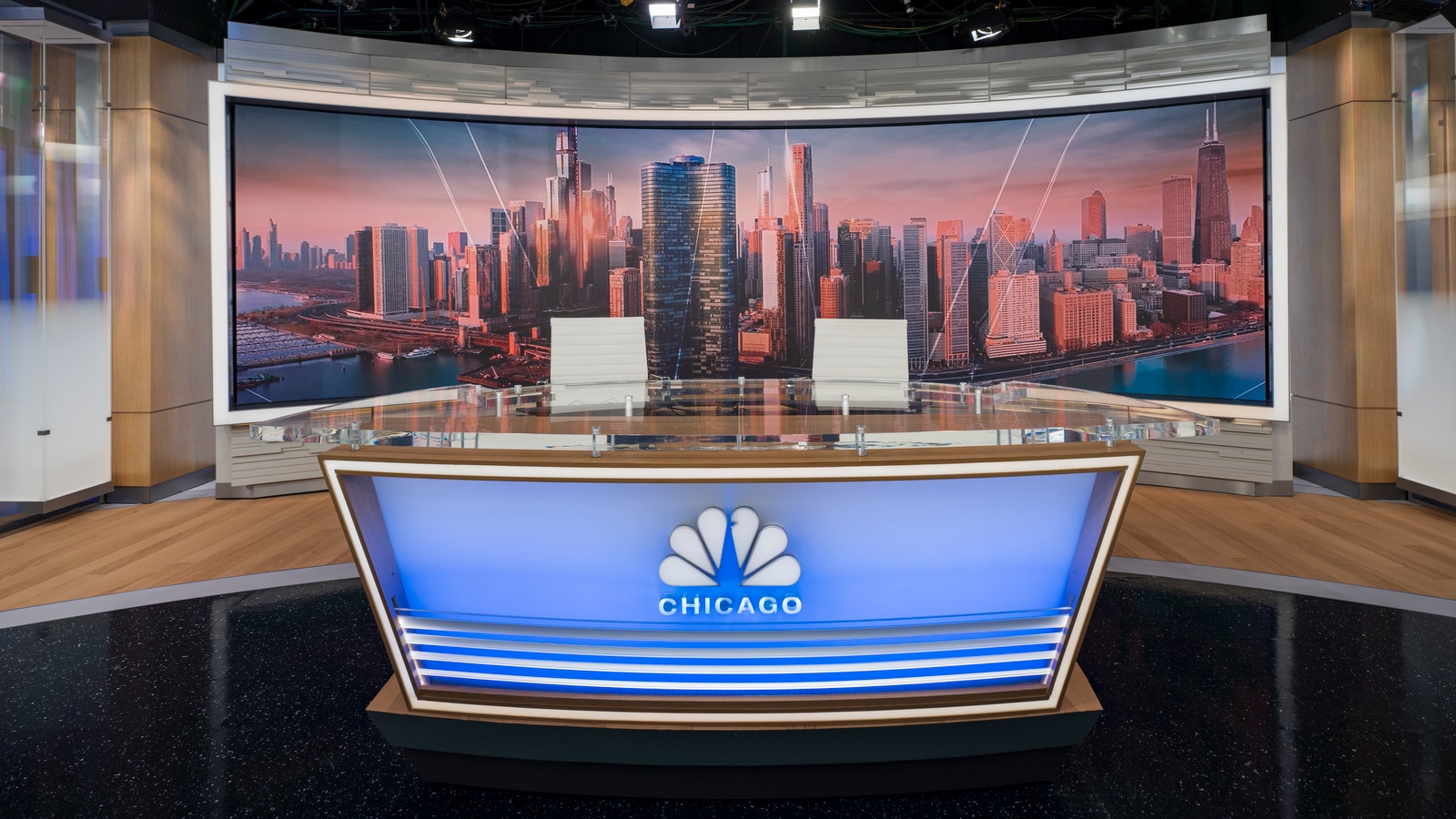
In addition, the peacock and each of its feathers can shift colors independently, enabling it to be both a subtle white or multicolor version. It’s also easy to see how these elements could be mixed up for various holidays or special coverage, such as a mix of red, white and blue for elections.
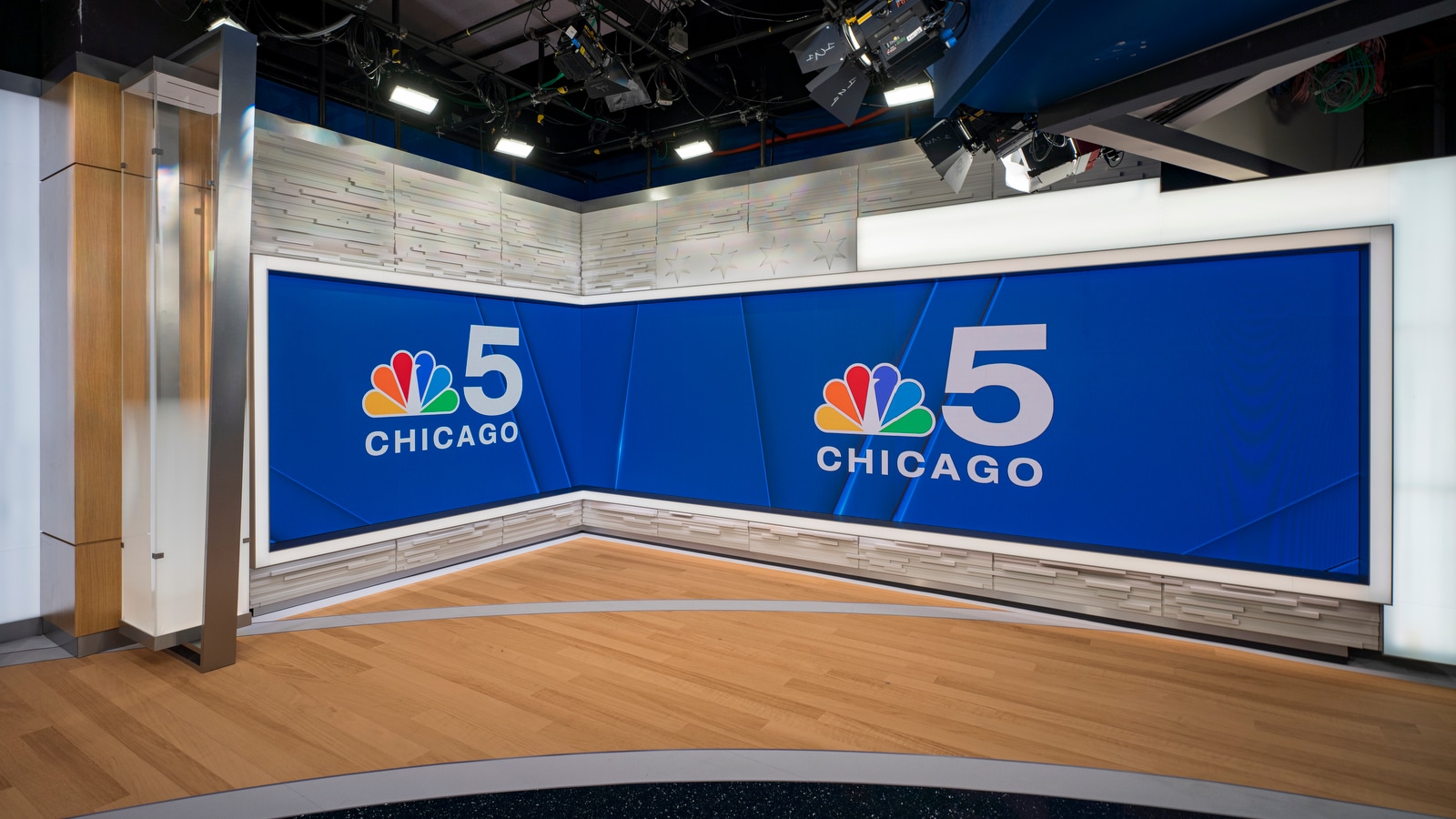
The L-shaped video wall installation that had been installed in the studio previously remains, but where it was simply black above and below, it now boasts a matching frame and textural panels. Above, there’s a custom rendition of the four distinctive six-pointed stars that appear on the city flag in a simulated stone carving.
This area, as it was before, is used for both anchor standups and sports and is typically shot in a way to take advantage of the 90-degree angle where the two arrays meet. The addition of hard scenic around it ties it in with the adjoining anchor area, allowing the station to shoot cohesive tosses to the space as well.
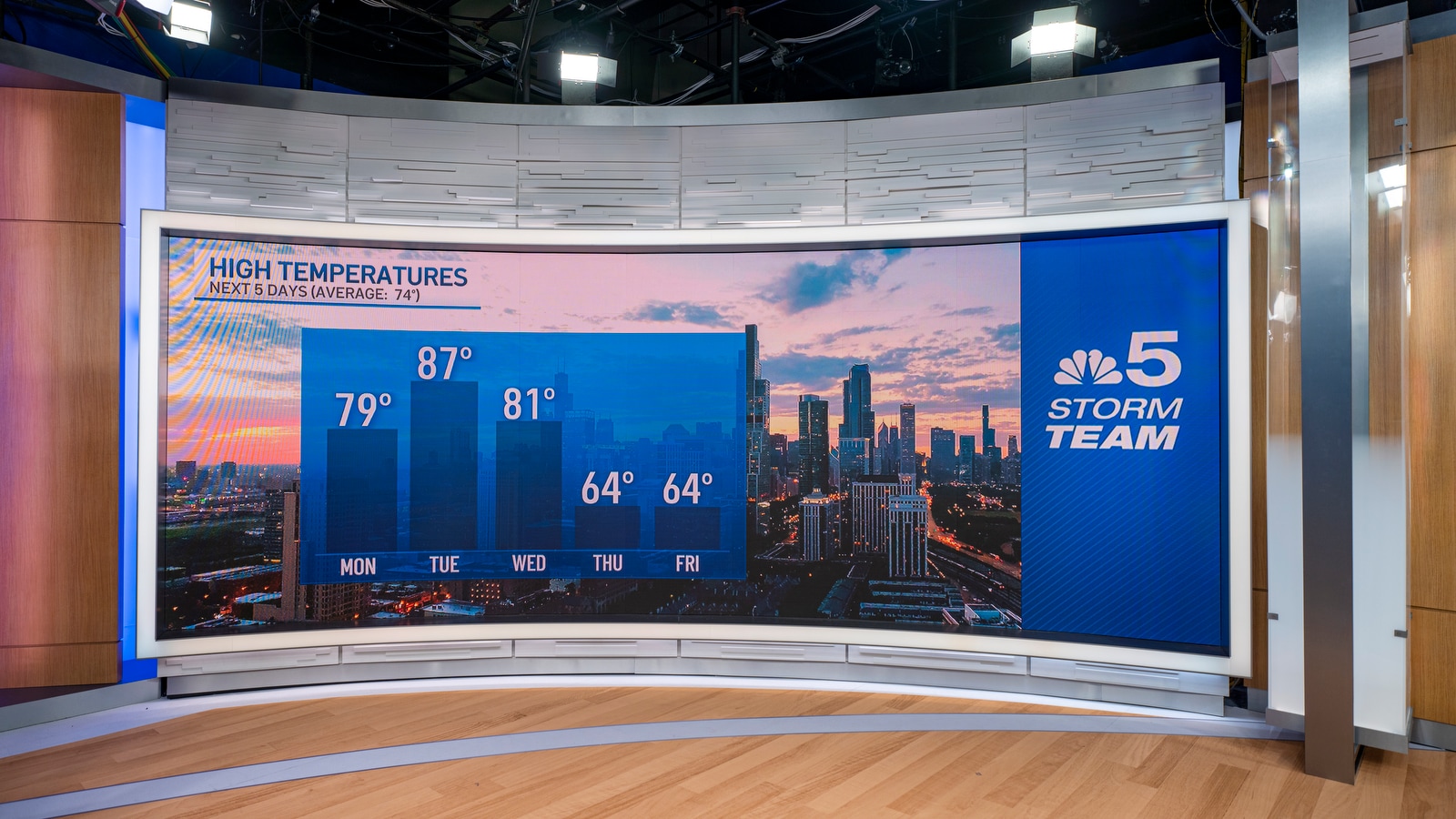
On the opposite side of the space is an additional curved video wall, also with a lit frame and rippled panels, that’s primarily used for weather and traffic, but also can be used as an alternate anchor area. This is possible because the weather presentation desk has been removed, allowing talent to move around freely in front of it.
Camera left of this is a new area with an interactive touchscreen installed in front of a series of vertical louvers with a color-changing wall behind it. This too can be used for anchor standups, including in combination with the larger one to the right.
Connecting all of these spaces are multiple wood-toned areas with gray borders, many of them curved.

The floor becomes an especially prominent element when the camera left video wall is used for weather or traffic. In these segments, the entire video wall is shown — the far right filled with a blue vertical bar with the Storm Team logo. This approach is common on on-set video walls used for weather and often helps keep the weather graphics’ aspect ratios more consistent.

During morning newscasts, the station alternates between using the video wall and key wall for weather and traffic. During other dayparts, weather is done using chroma key and the video wall.
When the video wall is used for weather, WMAQ has had an anchor join the forecaster in front of it for a toss of sorts. During the debut of “NBC News Daily,” WMAQ’s two cut-ins also had the anchor join the forecaster there to lead with the weather. Later in the briefs, the anchor moved to the L-shaped array.
Both of these video walls are also used in bump shots, typically showcasing either a branded graphic, skyline view or a combination of the two.
The primary anchor background has, at least following the Sept. 12, 2022, launch of the set, remained live camera feeds from various points across the city. In fact, on tight anchor two-shots and one-shots, the set ends up looking nearly identical to the old one — with the desk’s glass-topped shape being the only clue that something has changed.
In coordination with the new set, the station has also started using different push-in and pull-out shots at the start or end of blocks, often ones that incorporate a robotic boom move along with the zoom. These are used at both the anchor desk and for bumps.
The new set feels a bit larger and more open than before, even though it essentially occupies the same footprint in a space that was previously part of the station’s newsroom.
Earlier this year, Jack Morton replaced sets at KXAS in Dallas and KNTV in San Fransisco, which both have newer and larger studio facilities than the one WMAQ uses for its newscasts.
That likely put some restrictions on the design and ability to create the multiple venues with large swaths of colorful, backlit walls often adorned with oversized NBC peacock feather elements found at those stations.
Some elements from those designs have been carried through to WMAQ, however, such as the video wall frames, banding motifs and use of glass to create sculptural elements.
WMAQ had been using portions of the set first installed back in February 2012 that featured a small, 3×3 video panel array sandwiched between two backlit walls. By that fall, the entire back wall was changed out in favor of five vertically mounted video screens with a narrow metallic element between each, similar to the look that WNBC in New York had at the time.
The studio saw additional updates over the years, including the installation of integrated touchscreens, new scenery in the standup area and a low-profile array in the studio weather center.
Throughout this entire time, the anchor desk has remained essentially the same, with only some minor cosmetic updates done over the years. Prior to its 2012 set, the station had used a newsroom set for nearly two decades.
Project credits
- NBC Chicago – Kevin Cross, Frank Whittaker, Jonathan Garratt, Joseph Schlitz
- Design – Jack Morton Worldwide
- Larry Hartman – Production Designer / Senior Design Director
- Doss Freel – Associate Designer / Senior Project Manager
- Chris Maroney – Senior Illustration
- Raeford Dwyer – Senior Graphic Design Art Director
- Nick Nocera and Derek Van Heel – Drafting
- Andre Durette – Design Leadership
- Tristan Howard and Ruth Shorten – Production Support
- Fabrication – Chicago Scenic Studios
- Lighting Design – The Lighting Design Group (LDG)
- Niel Galen – Lighting Designer
- Hannah Zucker – Project Manager
- AV Integration – NBC Engineering
- LED – Neoti
Subscribe to NCS for the latest news, project case studies and product announcements in broadcast technology, creative design and engineering delivered to your inbox.



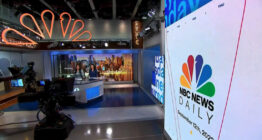

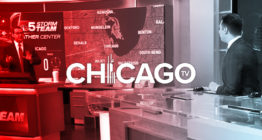
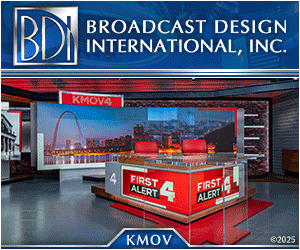

tags
Andre Durette, Chicago, chicago scenic studios, Jack Morton, Jack Morton Worldwide, nbc peacock, NBC Tower, Neoti, Niel Galen, The Lighting Design Group, WMAQ
categories
Heroes, Local News, Set Design, TV News Set Design